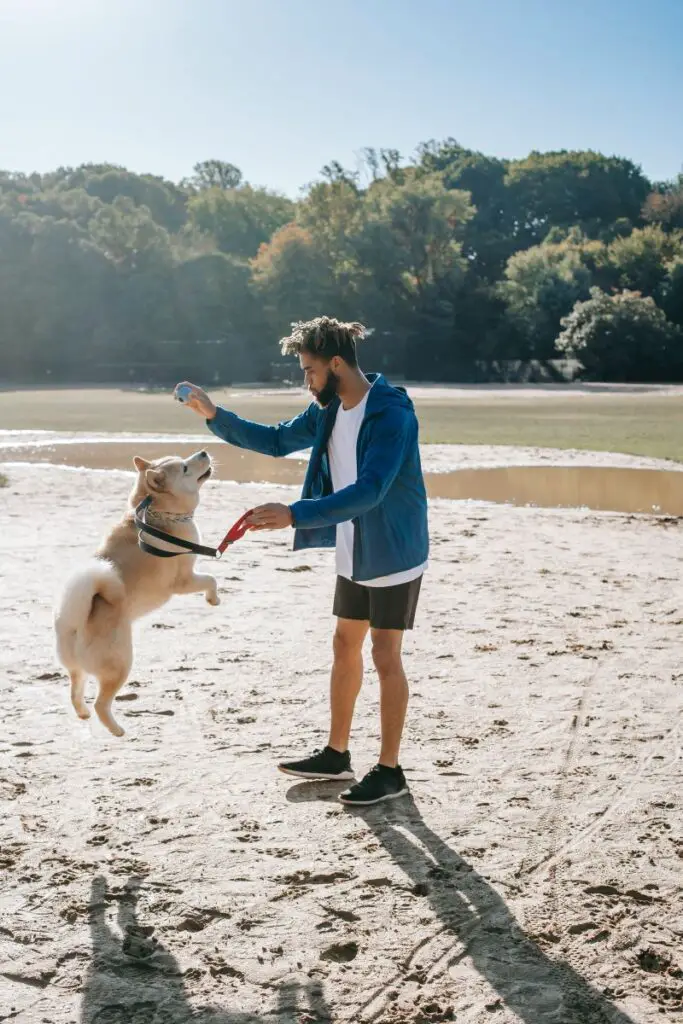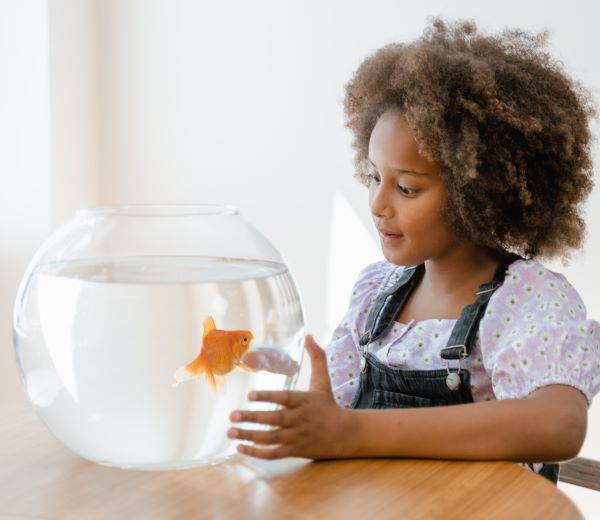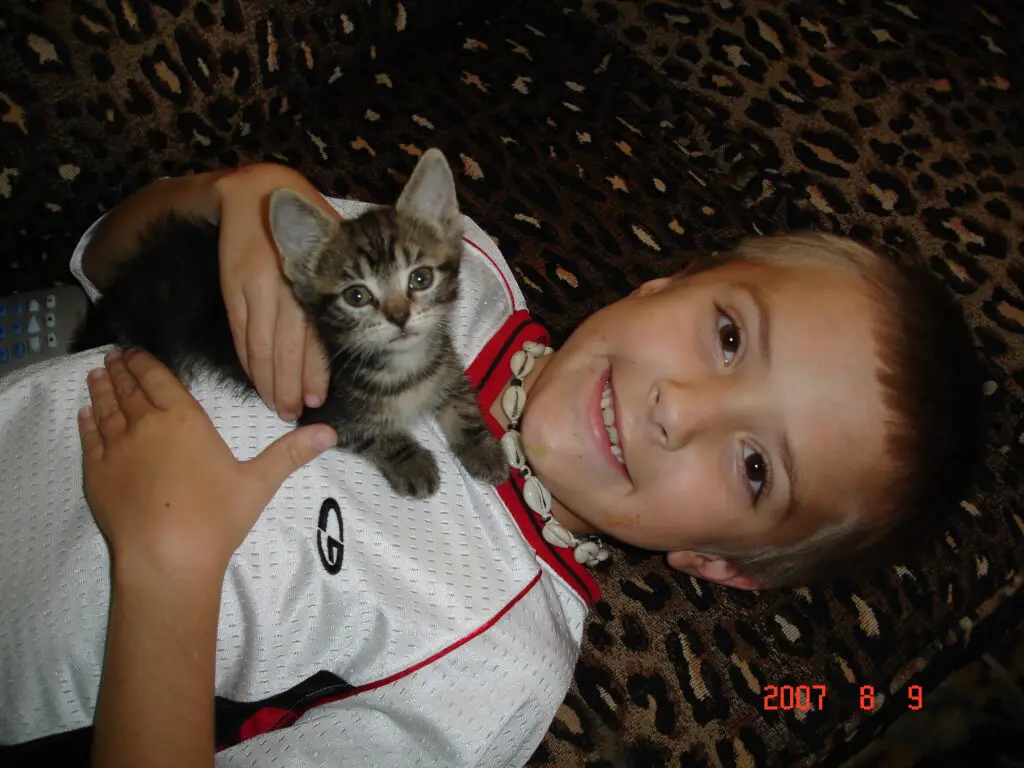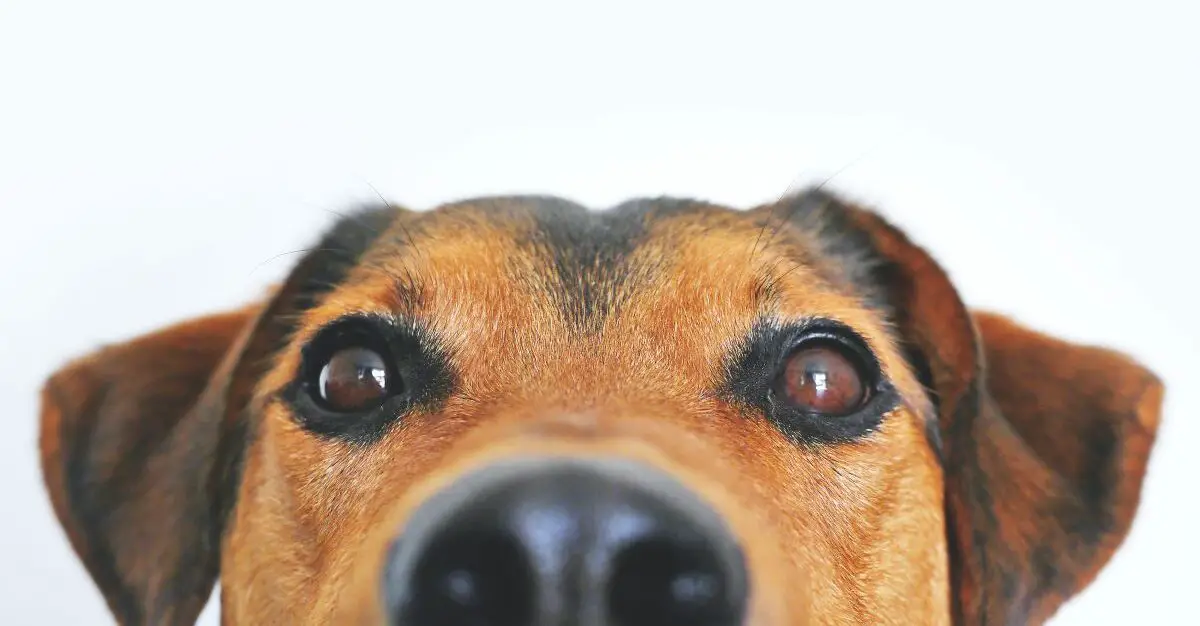Autism and Pets and How the Right Fit Brings Joy
Pets have always held a special place in our hearts and homes, providing companionship, love, and joy. Whether it’s a wagging tail at the door or a purring ball of fur on your lap, owning a pet can bring immeasurable happiness to our lives.
 Autism and pets is a special combination, and in many cases, they can offer a special emotional connection as well as numerous other benefits to having a furry friend.
Autism and pets is a special combination, and in many cases, they can offer a special emotional connection as well as numerous other benefits to having a furry friend.
From improved mental health and physical well-being to enhanced social skills and increased responsibility, autism and pets can truly enrich the lives of someone on the spectrum.
There are advantages and potential drawbacks associated with caring for a pet for a person with autism, shedding light on how these furry companions can significantly impact their lives.
Experts have said that one way to better understand autism and its challenges is through the lens of autism and animal therapy.
Many individuals with autism find comfort and companionship in their interactions with animals. Pets, especially when coupled with autism and service dogs or cats, can provide a sense of routine and stability that is crucial for individuals on the autism spectrum. The unconditional love and non-judgmental nature of animals can also help reduce anxiety and stress levels for many individuals with autism.
However, it is important to recognize that owning a pet may come with its own set of challenges for individuals on the spectrum. It is an untrue stereotype in general that individuals with autism cannot be good pet owners. Literally, the opposite is true for many autistics, who credit the love and loyalty of their animal in helping them to navigate life.
However, some autistics do have difficulties understanding social cues of animals or may have challenges in expressing empathy toward their pets. It’s important to know that autism and service dogs, or any pet for that matter, may not be a good fit for everyone.
Some may struggle to interpret the animal’s body language or respond appropriately to their needs. Additionally, sensory sensitivities can make certain aspects of pet care challenging, such as handling strong smells or loud noises associated with most animals.
While autism and pets can be a mutually beneficial relationship by fostering emotional well-being and teaching responsibility, it isn’t always the right answer. It is crucial to provide appropriate guidance and support in navigating these unique challenges that may arise in their relationship with animals.
Consider These 4 Benefits of Autism and Pets:
- Emotional Support:
One of the most significant benefits of owning a pet for autistics is the emotional support they provide. Pets, often dogs or cats, offer unwavering companionship, creating a sense of security and becoming loyal friends.The presence of a pet can help reduce anxiety and stress, as they offer unconditional love and acceptance. The simple act of petting a dog or cat can release endorphins, promoting a sense of calmness and relaxation.
- Social Engagement:
Interacting with pets can enhance social skills and encourage social engagement for individuals on the spectrum.Many individuals with autism struggle with communication or forming relationships, and pets can act as bridges, facilitating social interactions. Pets provide a common ground for individuals to connect with others, whether it be through conversations about their pets, shared experiences, or organized pet-related activities.
The non-judgmental nature of pets can also help individuals with autism feel more comfortable and confident in social situations.
- Routine and Responsibility:
Caring for a pet requires establishing and maintaining a routine, which can be highly beneficial for individuals with autism.The predictability and structure of a pet’s daily needs and care can provide a sense of stability and security. The relationship with autism and pets can instill a sense of responsibility, teaching individuals about caregiving, empathy, and the importance of meeting another being’s needs.
This can help individuals develop important life skills, such as time management, organization, and commitment.
- Sensory Benefits:
Individuals with autism often experience sensory sensitivities, and pets can provide a source of sensory stimulation in a controlled and comforting manner.The trust built through autism and pets can expose individuals to different textures, sounds, and movements, allowing them to gradually become more comfortable with sensory stimuli.
The repetitive and rhythmic actions involved in petting or grooming a pet can have a soothing effect and help regulate sensory processing.
Over time, this exposure can help desensitize individuals to certain sensory triggers, improving their tolerance and overall sensory processing abilities.
6 Drawbacks to Consider:
- Allergies and Sensitivities:
While pets can bring numerous benefits, it’s important to consider potential allergies or sensitivities towards pet dander or fur.Allergic reactions can exacerbate existing sensory challenges and potentially lead to health issues.
Before introducing an autism and pets relationship as part of pet therapy, consider consulting with a healthcare professional to assess any potential risks and explore hypoallergenic pet options.
- Unpredictability and Change:
For individuals with autism, unexpected changes or disruptions in a pet’s behavior or environment can cause distress.Loud noises, sudden movements, or altered routines can be overwhelming as part of an autism and pets relationship. It is crucial to carefully select a pet such as that aligns with an autistic’s specific needs and sensitivities.
For example, some individuals may prefer a calmer and more predictable pet, while others may thrive with a more active and interactive companion, such as a good match autism and dogs.
Consulting with professionals, such as animal behaviorists or therapists, can provide guidance on selection and training to ensure a suitable match for autism and pets, especially as it relates to autism and service dogs or other forms of pet therapy.
- Increased Responsibility:
While owning a pet can teach responsibility and promote independence in conjunction with pet therapy, it is essential to consider the level of responsibility that an individual with autism can handle.Depending on the severity of the condition, some individuals may struggle with certain aspects of pet care, such as feeding, grooming, or veterinary visits. A pet can also sometimes be a challenge for someone with autism obsession.
It is crucial to assess an individual’s capabilities and provide appropriate support and supervision to ensure the well-being of both the individual and the pet as part of caring for a pet.
This support can come from family members, caregivers, or specialized programs that offer assistance in pet care, such as autism and animal therapy options.
- Financial Considerations:
Owning a pet also comes with financial responsibilities. Costs associated with pet food, grooming, veterinary care, and supplies can add up over time.Individuals with autism and their families should consider the financial implications of owning a pet and ensure they have the resources to provide for their pet’s needs.
Planning ahead and budgeting for pet-related expenses is crucial to avoid any financial strain or unexpected difficulties.
- Safety Precautions:
It’s essential to prioritize safety when introducing a pet into the home of an individual with autism.Some individuals may have difficulty understanding or appropriately responding to certain cues or behaviors displayed by pets. It is important to educate both the individual and the pet on appropriate interactions, establish boundaries, and supervise their interactions to prevent any potential harm.
Ensuring that the animal is well-trained and properly socialized can contribute to a safer and more harmonious environment when it comes to autism and pets. Autism and service dogs often, but not always, make good matches.
- Commitment and Long-Term Care:
Owning a pet is a long-term commitment that requires ongoing care and attention.Individuals with autism may experience life transitions, changes in routines, or shifts in living arrangements.
It’s crucial to consider the long-term implications and ensure that there is a plan in place to continue providing proper care for the pet, even during challenging times.
This may involve identifying a backup caregiver or exploring resources that can assist with pet care in times of need.
Making the Correct Animal Choice for Best Autism and Pets Relationship
Autism and dogs are the top animal choice, traditionally. Second to considering whether autism and service dog options are a good option is a household cat. But while pets like dogs and cats are commonly recommended for individuals as part of autism and animal therapy, other non-traditional options like birds and fish can also be beneficial.
Birds, for instance, have been shown to help improve social interaction skills in children with autism. Their colorful feathers and captivating songs can capture the attention of individuals on the spectrum, helping them practice eye contact and communication.

Observing fish in their aquatic habitat can also promote focus and attention to detail. Additionally, taking care of these non-traditional pets fosters responsibility among individuals with autism, teaching them empathy towards animals while building self-confidence through successfully completing tasks such as feeding or cleaning their habitats.
While autism and dogs and cats may be more commonly associated with building a relationship as part of pet therapy and caring for a pet, don’t feel they are your only choices. The important thing is to understand the needs and desires first and foremost of the autistic individual, and if a pet seems appropriate, choose what works best for him/her.
If having a pet seems beneficial, then introducing the right animal into their lives can provide opportunities for increased social interaction skills development along with emotional support that can greatly enhance their overall well-being.
RELATED: 8 Powerful Ways Autism Emotional Support Animals Transform Lives
Tips for Creating Positive Autism and Pets Relationship
Introducing a pet to an autistic child requires careful consideration and planning. This is the same as with any child or new pet owner for that matter.
Once research has been done to choose the right type of pet that suits the child’s specific needs and interests and learning about different animals’ temperaments and compatibility with autism, then it’s time to select the new member of the family.
Gradual introductions are key when bringing a new pet home. Allowing the child to observe the pet from a distance at first can help them adjust to its presence without feeling overwhelmed.
Slowly increasing interactions while closely monitoring their reactions will enable both the child and the pet to build trust gradually.
Another important tip for introducing a pet to an autistic child is establishing clear expectations and boundaries from the beginning.
Autistic children often thrive in structured environments, so setting consistent rules regarding interacting with and caring for the pet can provide them with valuable stability.
It may also be helpful to create visual schedules or charts that outline daily tasks such as feeding or walking the animal, reinforcing routine and responsibility skills.
Additionally, teaching appropriate ways to handle pets gently encourages empathy development in autistic children while ensuring their safety and that of the animal involved.
With patience, understanding, and proper guidance throughout this process, incorporating a pet friend into an autistic child’s life can be incredibly beneficial for their overall well-being and growth.

While Blackout has since passed away, I remember her with love and how she was a good experience for me. In many situations, autism and pets is a positive experience for everyone.
Through my childhood years, we also had a family dog, fish, hermit crabs, and other cats, but none ever replaced my close relationship with my own personal pet.
Today, my family has rescue dogs, and while they can be annoying and loud at times, I like having them in my life. Sometimes it’s nice just to sit and have a pet come to you and want to be noticed. I feel the same at times as well.
With proper planning, support, supervision, and interest in actually wanting an animal, the bond between a person with autism and pets can be a source of joy, companionship, and personal growth for years to come.
Additional Misconceptions That Lead To Autism Stigmas and Stereotypes
Learn more about other stigmas and stereotypes that autistics face:
- Why Labeling People Can Lead to Stereotyping and Discrimination
- Autism Media Stereotypes: We’re Not All Geniuses, Savants, or Lonely
- Beyond Stereotypes: How Rain Man Revolutionized the Perception of Autism
- Absurd Plot About Autism and Evolution and Why It’s Harmful
- Moving Past the Tired Conspiracy Theory of Vaccines and Autism
- 3 Reasons Why Pathologizing Crushes Autism Acceptance and Inclusion
- The Hidden Hurdles: Challenging Autism Stigmas in Today’s Politics
- History of Autism: Revealing Shocking Mysteries from the Past
- Knocking Down the Stigma to Autism Obsession
